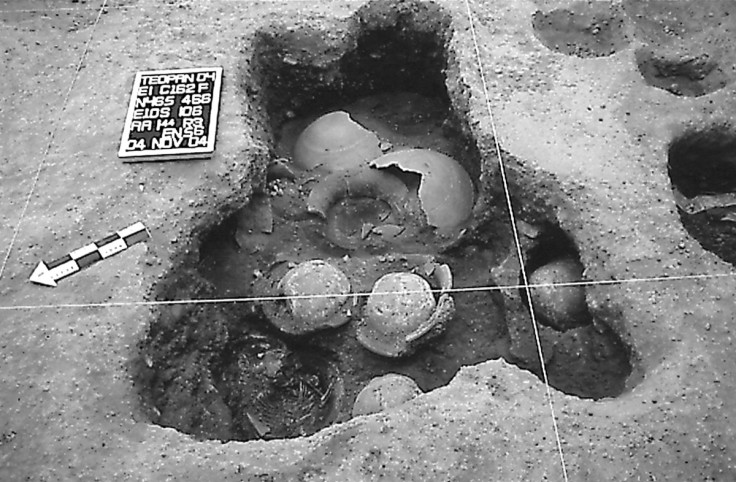Mexico: Angry mob burned down ancient City of Teotihuacan 'because of economic competition'

The ancient City of Teotihuacan was burned down by an angry mob in response to city rulers trying to control a booming economy, a study has suggested.
Teotihuacan was once the biggest city in the pre-Colombian Americas, with a population of about 125,000 people. It was established around 100 BCE, with buildings constructed up until around 250AD.
However, the society collapsed, with major monuments ransacked and burned from about 550. It had completely collapsed by the eighth century – but why this happened has been the subject of much debate.
Published in the Proceedings of the National Academy of Sciences, Linda Manzanilla, from the Universidad Nacional Autónoma de México, looked at the corporate society in Central Mexico at the time.
"After volcanic eruptions triggered population displacements in the southern Basin of Mexico during the first and fourth centuries AD, Teotihuacan became a multi-ethnic settlement," she wrote. The eruptions had forced people into the city, meaning it started attracting labour to support its booming economy.
"Groups from different backgrounds settled primarily on the periphery of the metropolis; nevertheless, around the core, intermediate elites actively fostered the movement of sumptuary goods and the arrival of workers from diverse homelands for a range of specialised tasks."
Findings from her extensive excavations and analysis of bodies and neighbourhoods showed immigrants established complex multi-ethnic neighbourhoods that aggressively competed with one another economically. This allowed intermediate elite residents to wield social and economic power – which then caused tension with the rulers of Teotihuacan.

"Some of these skilled craftsmen acquired status and perhaps economic power as a result of the dynamic competition among neighbourhoods to display the most lavish sumptuary goods, as well as to manufacture specific symbols of identity that distinguished one neighbourhood from another, such as elaborate garments and headdresses."
However, the ruling elite controlled the raw materials coming from afar: "The contrast between the corporate organisation at the base and top of Teotihuacan society and the exclusionary organisation of the neighbourhoods headed by the highly competitive intermediate elite introduced tensions that set the stage for Teotihuacan's collapse," she wrote.
Speaking to IBTimes UK, Manzanilla said: "Perhaps this behaviour, contrary to the corporative organisation of the state, provoked an attempt to control the caravan system by the state itself. This may have stimulated the revolt that provoked the fire in the core of the city (the first episode of the collapse) by 550 BCE."
She said the mixing of cultures helped to boost the economy, with alliances helping the system to grow: "But when there are tensions in a huge metropolis, and when their interests were hit by the state, perhaps the revolt was imminent."
Manzanilla believes the huge fire that marked the start of Teotihuacan's end was likely started by an angry mob: "The major ritual and administrative buildings along the Street of the Dead were set on fire in A.D. 550, and the sculptures inside palatial structures, such as Xalla, were shattered. No traces of foreign invasion are visible at the site.
"We interpret this event as a revolt against the ruling elite, perhaps a response to a late intervention on the part of the state to control the entrepreneurial movements of the intermediate elite."
© Copyright IBTimes 2025. All rights reserved.






















